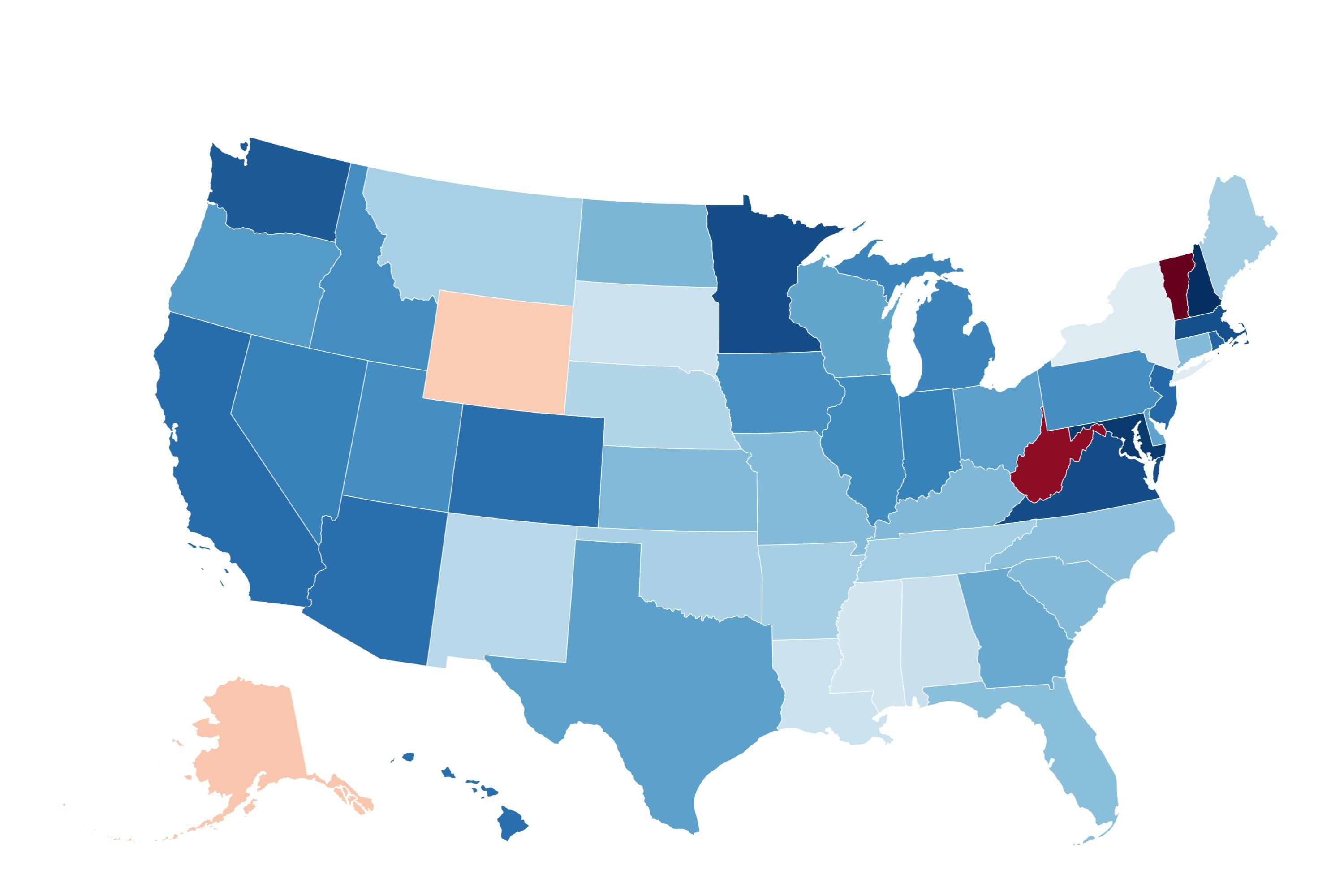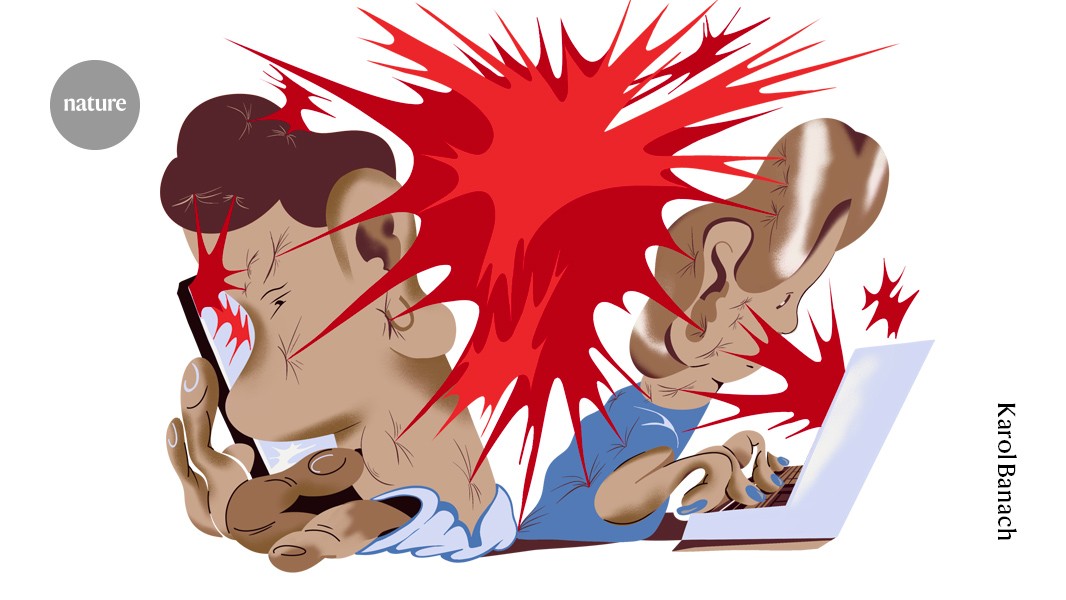Social Media's Dark Side: Doctors Issue Urgent Warning About Harmful Trends Impacting Kids as Young as 12

Social Media Trends Posing Serious Health Risks to Children
A growing concern among medical professionals is the alarming rise of dangerous social media trends impacting children as young as 12. Researchers are sounding the alarm, warning that some of these trends can lead to unpredictable and severe health consequences, including life-threatening situations. The speed and reach of social media amplify these risks, making it crucial for parents, educators, and platforms to take action.
What are These Dangerous Trends?
The trends vary, but often involve risky challenges, dangerous DIY experiments, and the promotion of unhealthy behaviors. Examples include:
- Harmful Diet Challenges: Trends encouraging extreme dieting, fasting, or the consumption of dangerous food combinations can lead to malnutrition, eating disorders, and serious medical complications.
- Physical Challenges with Serious Risks: Some challenges involve dangerous stunts or physical activities that can result in injuries, broken bones, head trauma, and even paralysis.
- DIY Experiments with Toxic Substances: Videos demonstrating potentially hazardous experiments using household chemicals or other substances pose a significant risk of poisoning, burns, and long-term health problems.
- Mental Health Challenges: Certain trends can promote self-harm, depression, or anxiety, especially among vulnerable adolescents struggling with their mental health.
Why are Kids Participating?
Several factors contribute to children's participation in these dangerous trends. The desire for social validation, peer pressure, and the pursuit of online fame are significant motivators. The algorithmic nature of social media platforms can also create echo chambers, exposing children to increasingly extreme content and reinforcing harmful behaviors. Furthermore, a lack of understanding about the potential consequences, coupled with a sense of invincibility common in adolescence, can lead to risky decision-making.
What Can Parents and Educators Do?
Protecting children from the harmful effects of social media requires a multi-faceted approach:
- Open Communication: Foster open and honest conversations with children about the risks of social media and the importance of making safe choices.
- Media Literacy Education: Teach children how to critically evaluate online content and identify misinformation or harmful trends.
- Monitor Social Media Activity: While respecting their privacy, be aware of your child's online activity and the accounts they follow.
- Set Boundaries and Limits: Establish clear rules about social media usage, including time limits and appropriate content.
- Promote Healthy Offline Activities: Encourage participation in sports, hobbies, and other activities that build self-esteem and provide a sense of belonging.
Social Media Platforms' Responsibility
Social media companies have a responsibility to create safer online environments for children. This includes:
- Content Moderation: Implement robust content moderation policies to quickly identify and remove harmful content.
- Algorithm Adjustments: Modify algorithms to prevent the spread of dangerous trends and prioritize age-appropriate content.
- User Education: Provide users with resources and tools to report harmful content and protect themselves from online risks.
The Urgent Need for Action
The situation demands immediate action. Medical professionals are urging parents, educators, and social media platforms to prioritize the safety and well-being of children. Ignoring this growing threat could have devastating consequences. By working together, we can create a safer online environment for the next generation.






